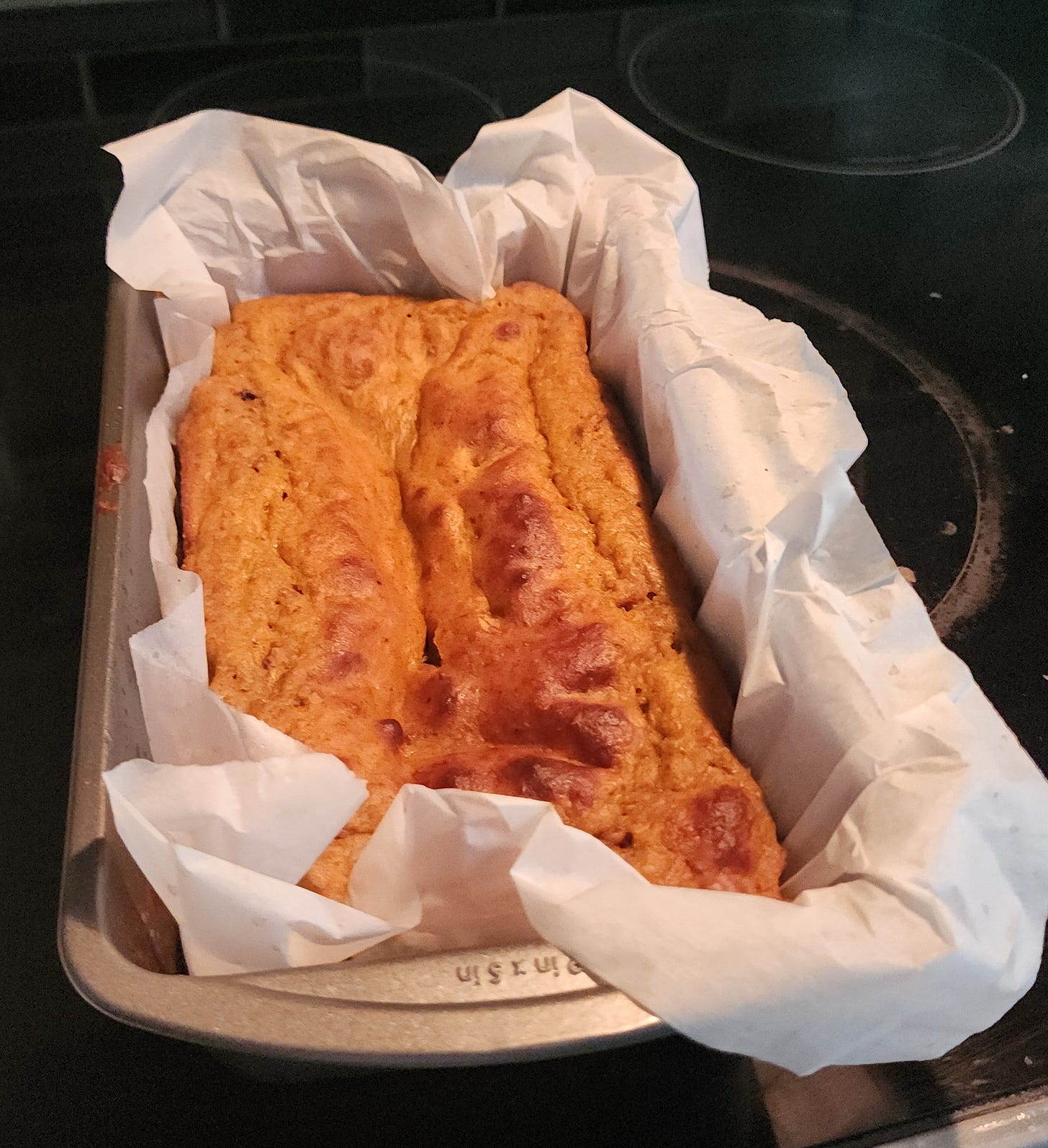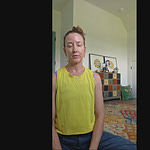Oh hi my friends, thank you for being here. Thank you for being you.
This month, I’m sharing breathing techniques to help you manage your energy, as you require. Last week, we breathed for calm.
This week, for clarity. I’m offering these simple techniques in an accessible way, so you can use them without strain. My intention here is to encourage you to trust your inner wisdom, not turn you into a monk or cure your suffering. Your suffering is absolutely surmountable but that path is called YOUR path, and these techniques may or may not be a part of it.
Let me share a story before we begin. I worked with an amazing military veteran a while back. Like so many veterans, she’s an ambitious person who is also eager to conquer assignments. When I mentioned we might do some breathing, she mentioned that a therapist advised box breathing for her PTSD.1 Six in, six hold, six out, six hold. This woman was in a difficult phase of her life; I couldn’t imagine how her body would allow the softness needed for those long holds.
Still, I didn’t want to cast doubt. I asked her to demonstrate. She shut her eyes, breathed in abruptly, and clenched her lips, shoulders, and fists. When it was time to exhale, she gasped, furrowed her brow, and fought her body’s insistence on another breath.
After three breaths like that, I stopped her.
‘So,’ I asked, ‘what’s that like for you?’
‘I hate doing that. It makes me panic.’
My friends, that was not an appropriate technique for her at that moment. It wasn’t relieving stress. It wasn’t strengthening her system. It wasn’t healthy. This woman was straining— the breath, the nervous system, the body, the mind. Worse, all that strain troubled her confidence. She didn’t believe she could heal.
Like her, we can become thoughtful about the advice we encounter.
Because, daily, we stumble upon loads of potential remedies littering the wilderness of information out there. As we navigate this data, it’s tough to sort the trash from the helpful breadcrumb trails. And even the best breadcrumb trail might not suit us. What worked for someone else might not work for you—maybe you’re gluten-free!
How do we find wisdom in a world overflowing with advice?
I like to imagine the slow drip of information available to a medieval farmer. Maybe he talked with a neighbor. Maybe his wife, too. In total, he might have accessed a few pages worth of ideas in a day. The ideas would have come, mostly, from people he knew and who knew him. He lived in a small bubble of data, and the contents of that bubble were, likely, pretty congruent with the context of his life.
Now, consider the jack-in-the-box of information exploding in your face every time you look at your phone, use your tablet, stream your shows. You’re encountering more in a day than the farmer, his wife, and his neighbor might have experienced in their lifetimes.
Still, that farmer— if he was any good— knew his people, his land, his animals, his seasons. He learned by paying attention to the conditions. Maybe he couldn’t read a book (or even have the opportunity to hold one) but he could read the fabric of life woven around him and within him.
This farmer is one of my imaginary teachers. He reminds me of the miraculous gains I always find when I break from modern conveniences. He reminds me that the availability of information doesn’t guarantee its quality. He also shows me how I might trust first the life woven in and through me over the spectacle of lives shouting an agenda across the digital terrain. The farmer encourages me to follow a simpler way.
The breathing I’m offering today is a gentle opportunity to experience this simplicity. Just you, breathing, counting, feeling. Last week, we breathed for calm, lengthening the exhale. Today, for clarity, we’ll use a pattern that matches our exhale to our inhale. Surprise, surprise, we won’t do a box breath— a technique that requires more from us than we may be ready for. We won’t even add pauses. We’ll simply ask the exhale to be as long as the inhale, and we’ll build the breath comfortably.
No strain, no stress.
Let’s see what you discover. And please let me know… are these breadcrumbs you might follow? Or is this a trail of possibility that isn’t for you right now? How do you find clarity in your days? How do you discern wisdom in the noise?
This interweaving of life is so amazing, isn’t it? We’re all connected in this journey, yet it starts with caring for ourselves. Caring for ourselves helps us know who we are. Knowing ourselves teaches us how to care.
Thank you for every way you care.
These breathing practices are just one way to know yourself better.
My upcoming Yoga Nidra series offers another, guiding you to nourish your body, mind, and spirit. Enjoy some quiet, some rest, and some contemplation. Please join my Yoga Nidra for Thoughtful Eating series—three Friday evenings, May 2, 16, and 30, 6:00–7:30 p.m. PDT. On May 2, we’ll work with the body, on May 16, the mind, and on May 30, both in service of your spirit. You’ll enjoy nourishing meditations to explore how we consume food, thoughts, energy, and change. An offering of $100 is encouraged for all three, or $35 for each.
Register and come for one session or all—peaceful nourishment awaits.
Box breathing is a modern term for a traditional breathing ratio known as samaana. A samaana breath is comprised of equal length inhale, pause, exhale and pause. Often, a box breath is instructed to be six seconds for each segment. For most folks, trying to apply a six-second count to all four parts of the breath is quite strenuous, requiring an ability to breathe less than three times per minute. Most folks breathe about 12-18 times per minute on average.











